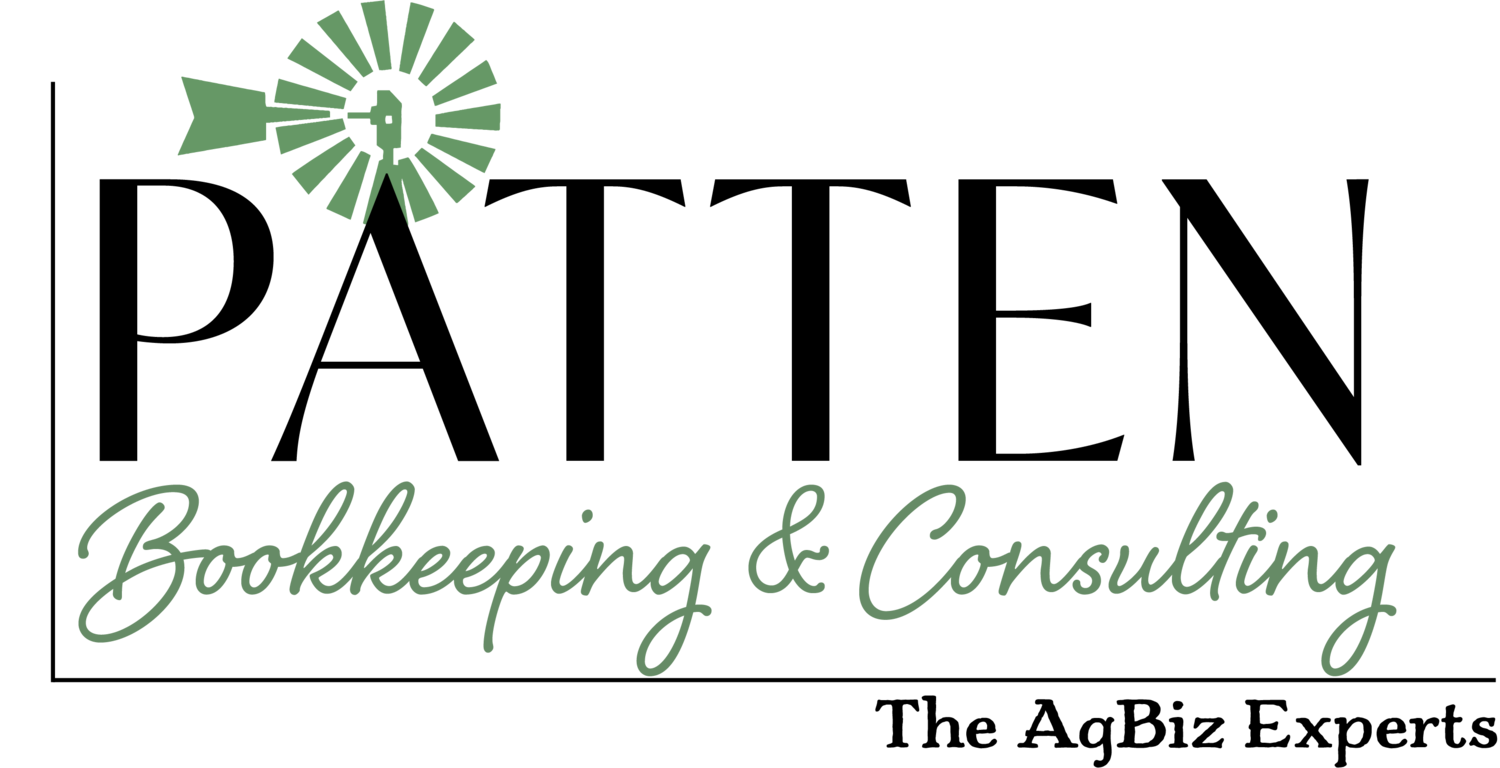Welcome back to our blog! We can’t wait to share with you today.
We just finished up a blog series on your chart of accounts. Something that goes hand-in-hand with optimizing your chart of accounts is utilizing the class and location tracking options in QuickBooks Online.
Class Tracking 101
Class tracking is a method of categorizing each transaction by separate classes or fields that you create. Many farm, ranch and agribusinesses are becoming more diversified. This means that income and expense transactions for several different enterprises are utilizing the same bank accounts, loans, etc. However, you might find that you would like to know the income and expense of one of your several enterprises.
That is where class tracking comes in. For some farm and ranch operations, two classes could be appropriate: livestock and crops. A farming operation might want to use: corn, soybeans and pulse crops for their classes. A diversified farming and ranching operation could use: cattle, sheep, corn, hay. A ranch that raises both commercial and registered cattle might consider using: registered and commercial as their classes. An agribusiness that provides feed and agronomy services could use two or more classes.
You get the idea. Any separate type of operation that you’d like to create an income statement for should have a class attributed to it.
Enabling Class Tracking in QBO
Class tracking can only be used in QuickBooks Online Pro. Turn class tracking on by follow these steps:
Click the Gear icon.
Select Account and Settings.
Go to the Advanced tab.
Click on the Edit button for Categories.
Check the Track classes box.
Click on Save.
To add new classes:
Click the Gear icon.
Select All Lists.
Click on Classes.
Click on New.
Enter the class Name.
Click on Save.
Location Tracking Basics
What if you have the same type of operation in several locations? QuickBooks Online now offers location tracking as well as class tracking. You can enable one or both, depending on your needs. I find that location tracking is helpful for both small and large operations. Many farmers and ranchers own land that is not contiguous or lease land from a landholder. Larger operations may have ranches is different counties or different states. By keeping the separate operations in one QuickBooks account, under separate locations, you can run your reports to reflect the individual income statements. If you have both Class and Location Tracking, you can run several different reports to meet your needs.
Enable Location Tracking:
1. Select the Gear icon at the top.
2. Under Your Company, select Account and Settings (or Company Settings).
3. Select Categories under the Advanced tab.
4. Select the pencil icon and put a check mark on the box to Track locations.
5. Select Save then Done.
Add new location:
1. Select the Gear icon at the top.
2. Under Lists, select All lists.
3. Choose Locations.
4. Select New in the upper right and add the Name of the location you want to track.
5. Select Save.
How to Know if Class or Location Tracking are Right for YOU
Every operation is different. That’s an understatement. Figuring out if class tracking is right for you will depend on a few indicators.
1. If you have separate types of operations or locations.
2. How detailed you’d like your financial statements to be. Class and location tracking provide another layer of detail that you wouldn’t normally receive.
3. If you are willing to follow through with the categorization. Class and location tracking take an extra step when categorizing them. If you aren’t willing to do so, its possible that class and location tracking aren’t right for you. If you don’t think you want to do the extra work, but would still like the additional detail, hiring a bookkeeper might be the right choice.
The Next Step
As you MAY have noticed, I’m a little passionate about providing timely, accurate and up-to-date bookkeeping, reports and analysis for my clients *ahem* (you). Its kind of my jam. If we work together and your operation needs class or location tracking, you can ensure I will help you make it happen. If you’d like to hear more about bookkeeping, payroll or financial consulting, click the link below for a free bookkeeping consultation.
I also want to share our AMAZING promotions going on right now.
1. Save $100 on 2018 bookkeeping catch up/ clean up when you sign up for a 2019 monthly bookkeeping package. Bookkeeping packages are starting $225 per month.
2. Save 5% off your payroll processing when you sign up for a monthly bookkeeping package. Payroll packages are starting at $50 per month.
Just mention this blog post when we chat!
As always, happy bookkeeping!
– Michelle





